Optimal Timing for Clawfoot Tub Repairs
Clawfoot tub repairs are ideally scheduled during periods of low household activity to minimize disruption. Spring and early summer often present optimal conditions due to moderate temperatures and less frequent use. Performing repairs during these times can also allow for better drying and curing of any sealants or paints involved.
Timing is crucial for effective repairs, as environmental factors like humidity and temperature influence the success of sealing, refinishing, or structural fixes. Avoiding extreme weather conditions ensures that materials set properly, reducing the risk of future issues.
Spring and early summer are preferred for repairs due to favorable weather conditions that support optimal curing and drying times.
Low humidity and moderate temperatures help ensure the longevity of repairs and prevent issues like cracking or peeling.
Planning repairs during off-peak times can reduce scheduling conflicts and allow for thorough work without rush.
Extreme cold or heat can hinder repair processes, making milder seasons more suitable for successful outcomes.

Technicians performing refinishing and sealing work on a clawfoot tub.
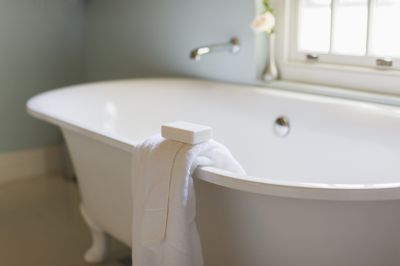
A restored clawfoot tub showcasing the results of professional repairs.

Specialized tools and materials for clawfoot tub restoration.
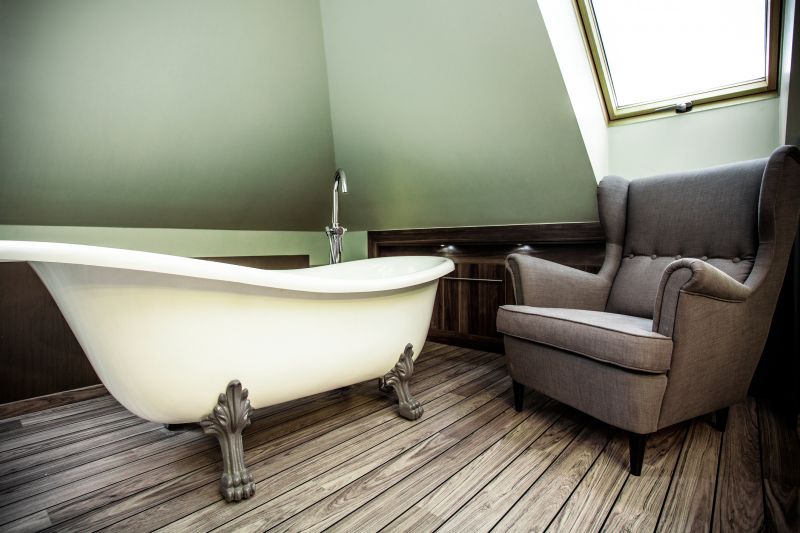
Ways to make Clawfoot Tub Repairs work in tight or awkward layouts.

Popular materials for Clawfoot Tub Repairs and why they hold up over time.
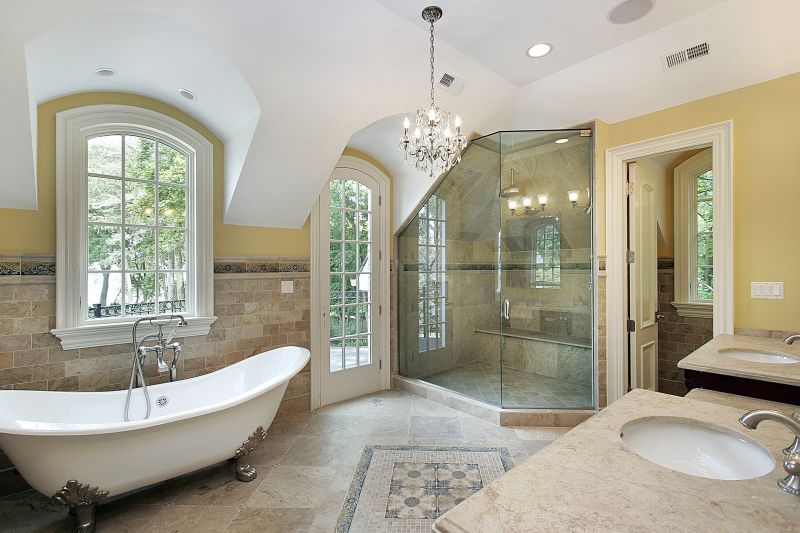
Simple add-ons that improve Clawfoot Tub Repairs without blowing the budget.
| Factor | Optimal Timing |
|---|---|
| Temperature | Moderate temperatures support best repair conditions. |
| Humidity | Low humidity prevents sealant and paint issues. |
| Household Activity | Schedule during low-usage periods to avoid disturbance. |
| Weather Conditions | Avoid extreme cold or heat for best results. |
| Material Curing Time | Allow sufficient time for sealants and finishes to cure. |
Clawfoot tub repairs encompass a variety of tasks, including refinishing, sealing, and structural repairs. Proper timing ensures these processes are effective and durable. The repair process often involves stripping old finishes, repairing chips or cracks, and applying new coatings to restore the tub’s appearance and functionality.
Statistics show that scheduling repairs during favorable weather conditions can extend the lifespan of the restoration by up to 30%. Additionally, well-timed repairs are less likely to require repeat work, saving time and resources over the long term.
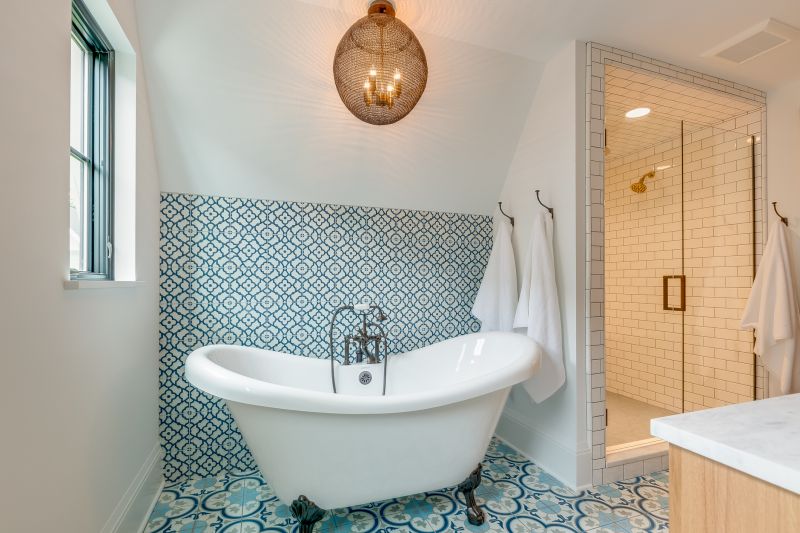
A technician applying a new finish to a clawfoot tub.

Sealants, primers, and paints used in tub restoration.
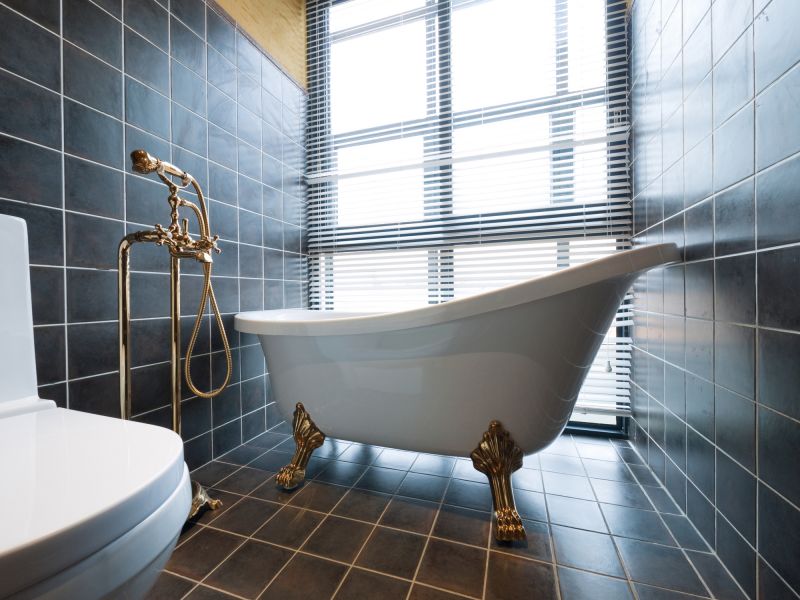
Close-up of a glossy, restored clawfoot tub surface.
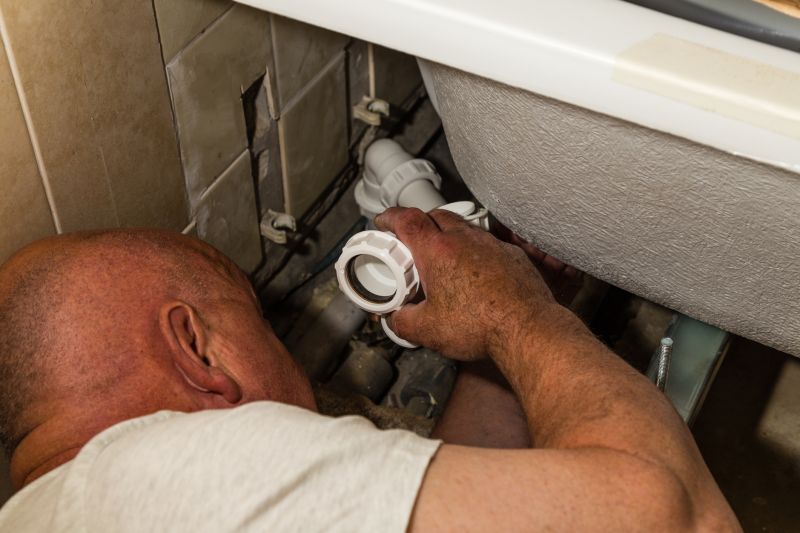
Surface cleaning and prepping before refinishing.
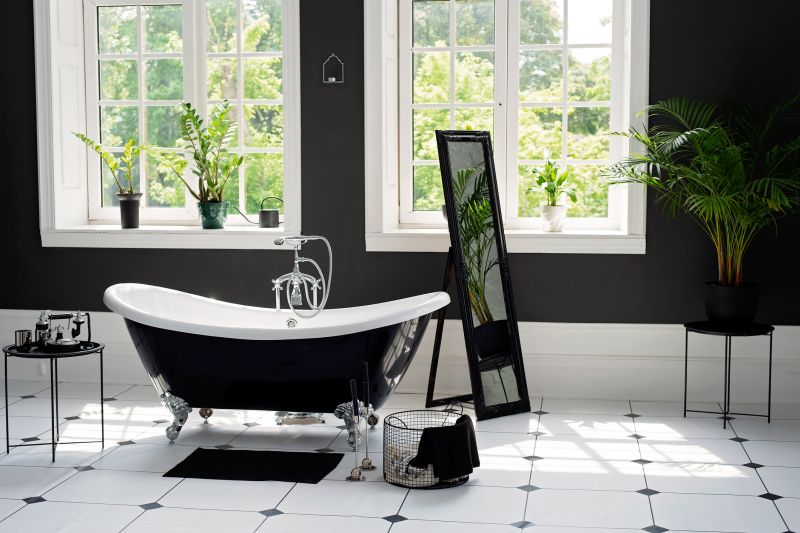
High-end options that actually feel worth it for Clawfoot Tub Repairs.

Finishes and colors that play nicely with Clawfoot Tub Repairs.

Little measurements that prevent headaches on Clawfoot Tub Repairs day.
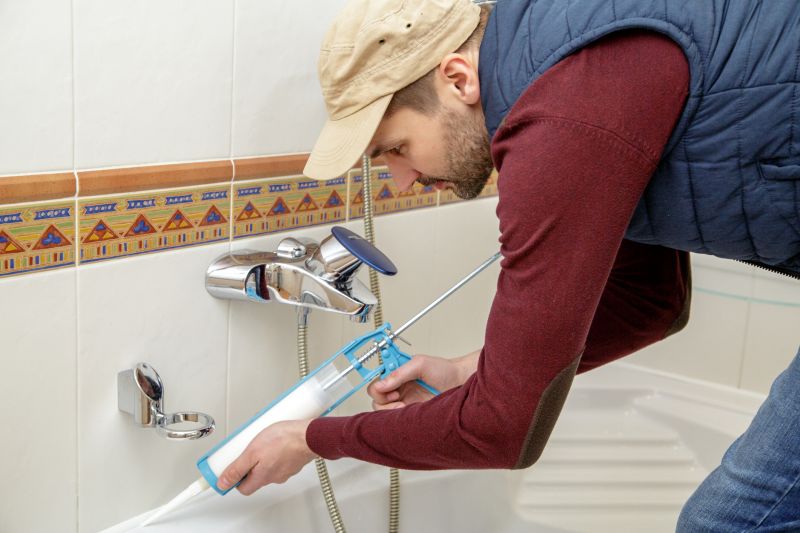
A 60-second routine that keeps Clawfoot Tub Repairs looking new.
Interested in scheduling clawfoot tub repairs? Filling out the contact form can provide more information and help plan the optimal timing for restoration projects.



